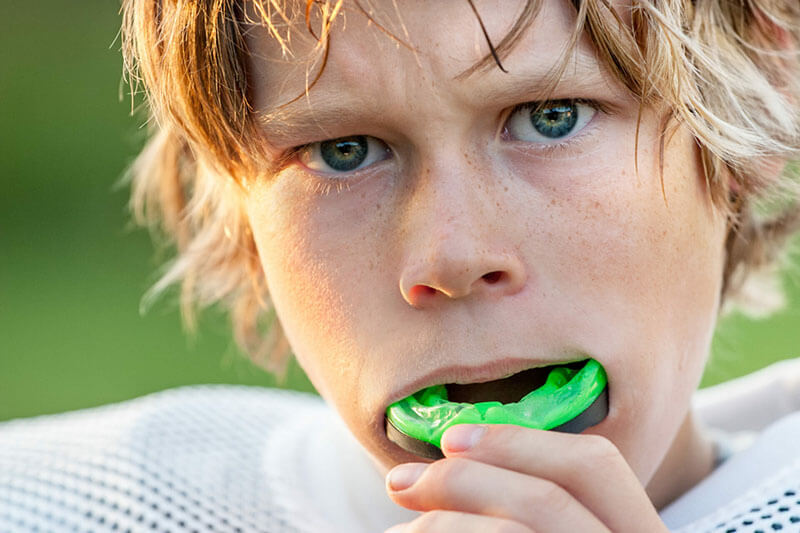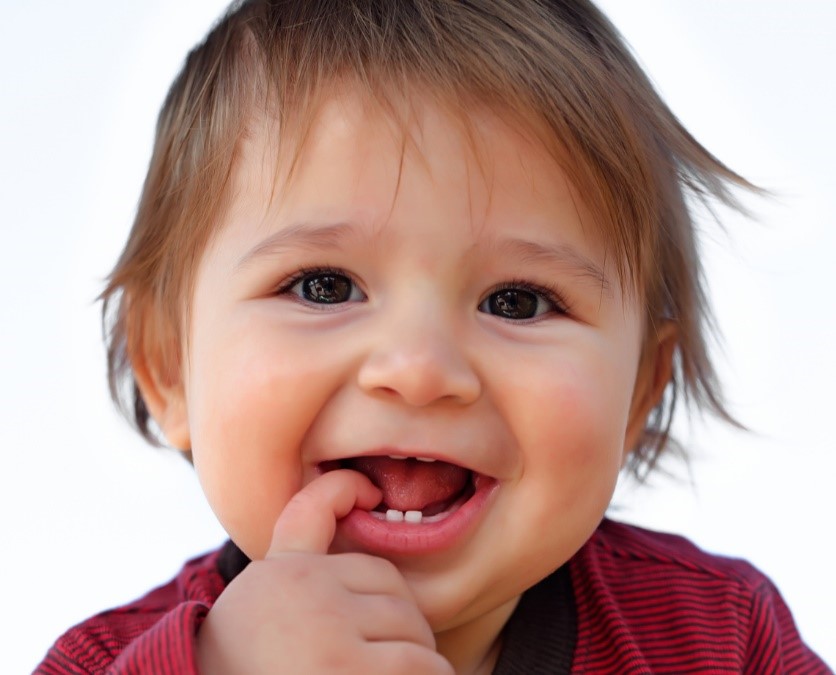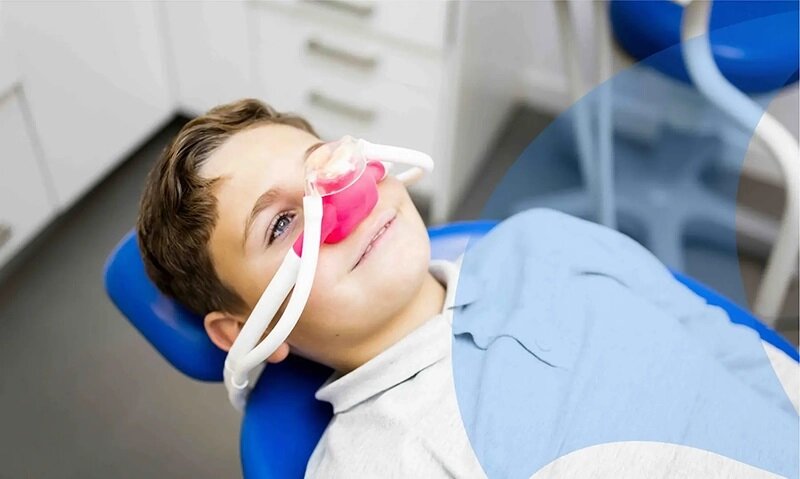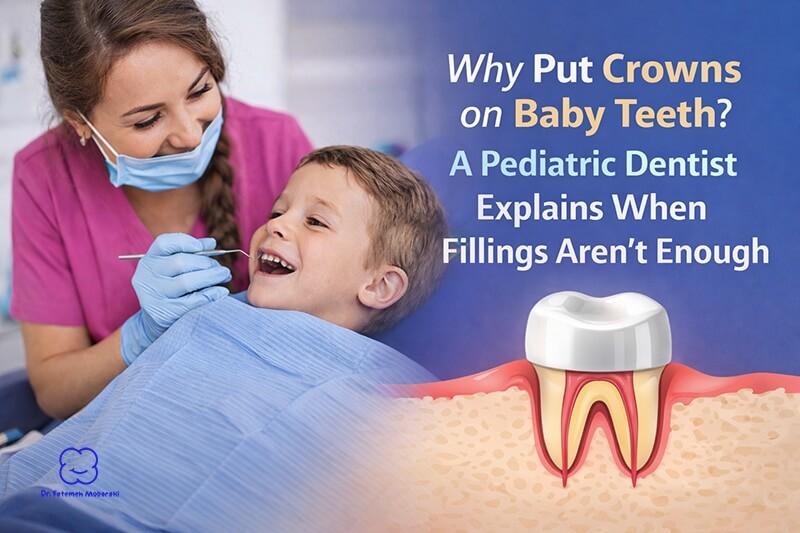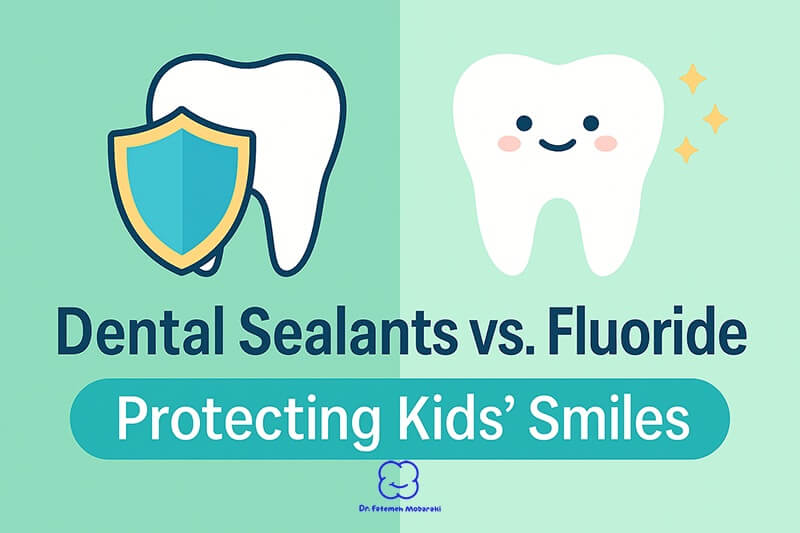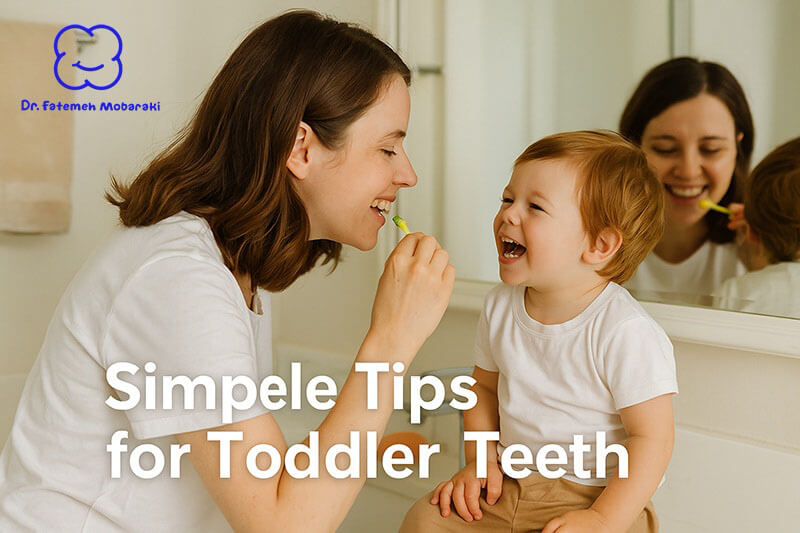As children lose their baby teeth and grow permanent ones, parents often notice a surprising change: the new teeth look more yellow. This can cause concern, especially when the contrast between bright baby teeth and yellowish adult teeth growing out yellow is quite noticeable. But before jumping to conclusions, it’s important to understand what causes this change in color.
In this post, we’ll explain why adult teeth growing out yellow, when it’s completely normal, and when it might indicate a dental issue. We’ll also share what parents can do to help maintain their child’s healthy, confident smile.
Why Do Baby Teeth Look So White Compared to Adult Teeth?
Baby teeth, also known as primary teeth, are typically smaller, whiter, and have a thinner layer of dentin underneath the enamel. Dentin is the layer beneath enamel that naturally has a yellow hue. In contrast, permanent teeth yellow have:
- Thicker layers of dentin
- Slightly more translucent enamel
- Larger and denser structure
This is why adult teeth growing out yellow is usually a matter of natural anatomy rather than poor hygiene or staining. The yellowish tint is simply the dentin showing through the enamel, which is more prominent in permanent teeth yellow than in baby teeth.
Is It Normal for Adult Teeth to Come In Yellow?
It might be surprising, but yellow permanent teeth in children is often completely normal. These are common reasons:
- Dentin thickness: As mentioned, thicker dentin naturally gives a more yellow appearance.
- Comparison with baby teeth: Baby teeth are whiter and shinier, so the contrast makes the new teeth appear more yellow.
- New teeth enamel: Freshly erupted yellow permanent teeth may have enamel that hasn’t fully calcified yet, affecting the way light reflects off them.
“Parents often worry about the color of their child’s yellow permanent teeth, but it’s usually a natural and harmless change,” says Dr. Fatemeh Mobaraki, pediatric dentist. “In most cases, the yellow hue is simply a sign of stronger, more mature teeth coming in.”
When Yellow Teeth Might Mean a Problem
While yellow adult teeth growing out yellow in children are usually nothing to worry about, there are situations where discoloration may point to an issue. Here are red flags that might warrant a dental evaluation:
1. Visible Spots or Stains
Brown, gray, or white spots could indicate early decay, enamel defects, or even fluorosis in children.
2. Uneven Coloration
If some teeth are significantly more yellow than others or there are sharp color borders, it might be more than just natural dentin.
3. Pitting or Rough Surfaces
These could be signs of enamel hypoplasia, a condition where the enamel doesn’t form properly.
4. History of Trauma or Illness
Injuries to baby teeth or illnesses during enamel formation can affect how adult teeth growing out yellow develop.
If you see any of these signs, it’s wise to schedule a visit with your child’s dentist for a full examination.
What Causes Yellow Adult Teeth in Kids? (Why Are Adult Teeth Growing Out Yellow?)
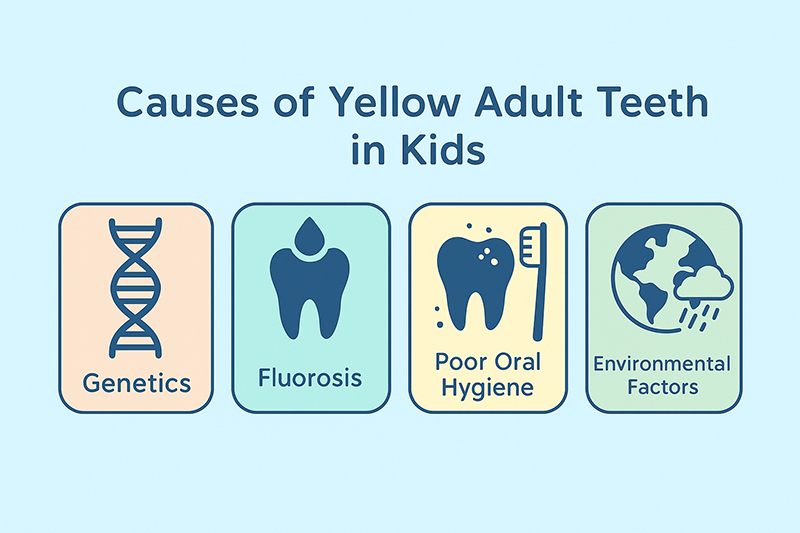
Several factors can contribute to the yellow appearance of your child’s yellow permanent teeth. While some causes are natural and expected, others may signal issues that require dental attention. Understanding these potential causes can help parents make informed decisions and support their child’s oral health.
✅ Genetics
The natural color of teeth varies from person to person. Some children inherit a genetic tendency for thicker dentin or thinner enamel, which can give teeth a more yellow appearance. This isn’t necessarily a health issue but rather a cosmetic variation.
✅ Enamel Hypoplasia
This developmental defect results in thin or poorly mineralized enamel, which can appear yellow, brown, or white. It may affect one tooth or multiple teeth and makes the affected teeth more vulnerable to decay and sensitivity.
✅ Fluorosis
Fluorosis occurs when children consume too much fluoride while their teeth are still forming. This can lead to white streaks or, in more severe cases, yellow, brown, or pitted enamel. Proper fluoride use is key to preventing this.
Read more: The Importance of Fluoride Treatments for Kids
✅ Poor Oral Hygiene
If plaque and tartar are not regularly removed, they can build up and stain the teeth yellow or brown. Children who don’t brush effectively, especially around the gumline, may develop yellow teeth even if their yellow permanent teeth are naturally healthy underneath.
✅ Diet and Medications
Food and drink choices can impact tooth color. Frequent consumption of staining beverages like tea, cola, or fruit juices can cause discoloration over time. Additionally, certain medications taken during tooth development, such as tetracycline antibiotics, can cause intrinsic staining that results in greyish or yellow teeth.
✅ Early Childhood Illness or Trauma
Serious infections, high fevers, or trauma to the baby teeth can disrupt enamel formation in the developing yellow permanent teeth. This disruption can result in yellow or discolored spots, known as Turner’s tooth, which usually affects one or a few teeth.
✅ Environmental Factors
Excessive exposure to iron supplements or even naturally high iron levels in drinking water may contribute to surface staining. These stains can often be removed with professional cleaning, but ongoing exposure may require further evaluation.
By identifying the underlying cause of yellowing, your child’s pediatric dentist can recommend the most appropriate treatment or reassurance when no intervention is needed.
What You Can Do if Your Child’s Teeth Look Yellow
💡 Quick Tip: Teach your child the “2-minute rule” when brushing — it’s one of the best ways to fight discoloration. Use a timer or play a short song to make brushing fun and effective!
your child’s adult teeth growing out yellow are coming in yellow, but otherwise healthy, there are a few things you can do:
💪 Encourage Strong Oral Hygiene
- Brush twice a day with fluoride toothpaste
- Floss daily once teeth touch
- Visit the dentist every 6 months
🎓 Avoid Excess Fluoride
Make sure your child isn’t swallowing toothpaste and is using the correct amount (a pea-sized smear).
🛅 Schedule Regular Dental Cleanings
Professional cleanings can remove surface stains and detect issues early.
🍼 Monitor Diet
Limit sugary snacks and drinks. Encourage crunchy fruits and veggies, which naturally help clean teeth.
How to Keep Your Child’s Adult Teeth from Yellowing
While some causes of yellowing are out of our control, like genetics or natural dentin color, there are proactive steps parents can take to help minimize discoloration as yellow permanent teeth come in. Building good habits early can promote healthier, brighter smiles for years to come.
1. Supervise Brushing and Flossing
Ensure your child brushes properly, covering all surfaces of the teeth. Using a soft-bristled toothbrush and a fluoride toothpaste helps remove plaque and prevent buildup that can contribute to yellowing. Until age 7–8, children usually need parental supervision or help.
2. Limit Sugary and Acidic Foods
Frequent consumption of sweets, fruit juices, and soft drinks not only increases the risk of decay but can also lead to staining. Encourage water, milk, and tooth-friendly snacks like carrots, apples, and cheese.
3. Monitor Fluoride Intake
Fluoride is essential for strengthening enamel, but excessive amounts during early development can cause fluorosis. Use only a pea-sized amount of toothpaste and make sure your child spits it out rather than swallows it.
4. Keep Up with Routine Checkups
Regular dental checkups allow your pediatric dentist to track how yellow permanent teeth are coming in and catch any signs of discoloration early. Professional cleanings also help remove plaque and surface stains.
5. Avoid Iron-Rich Water or Supplements Unless Prescribed
High iron in water or supplements can stain teeth. Always consult your child’s pediatrician or dentist before giving them any supplements.
By combining these preventive steps with reassurance and regular care, you can help reduce the appearance of yellowing and build your child’s confidence in their healthy, growing smile.
Can Yellow Permanent Teeth Be Whitened?
Generally, whitening is not recommended for children under 14 unless advised by a pediatric dentist. The enamel is still developing, and whitening agents can cause sensitivity or damage.
However, if discoloration is due to surface stains or plaque in kids, a dental cleaning or polishing can often improve the appearance. In some cases, dental sealants or microabrasion may help smooth and brighten the enamel.
When to See a Pediatric Dentist
Book a dental visit if:
- Yellowing is sudden or worsening
- There are visible spots, stains, or surface defects
- Your child is self-conscious about their teeth
- You have concerns about fluoride use or diet
Even if it turns out to be normal, reassurance from a pediatric dentist can ease parental worry.
If you’re searching for a pediatric dentist in Dubai, make sure the clinic is experienced in managing developmental dental concerns and works with children compassionately.
Final Thoughts
Seeing your child’s adult teeth growing out yellow can be a surprise, but in most cases, it’s simply a normal part of development. Permanent teeth have more dentin, making them naturally more yellow than baby teeth.
As long as there’s no unusual staining, damage, or signs of decay, there’s often nothing to worry about. However, it’s always best to speak with a dental professional if you’re unsure.
A confident smile starts with healthy teeth — regardless of their color. Encourage good dental habits, schedule regular checkups, and support your child in every stage of their dental growth.
Frequently Asked Questions About Yellow Adult Teeth in Children
1. Is it normal for my child’s new adult teeth growing out yellow to look yellow?
Yes, it’s very common. Permanent teeth have more dentin (which is naturally yellow) and less translucent enamel than baby teeth, making them appear yellower, especially when they first erupt.
2. Should I be worried if only one adult tooth looks yellow?
Not necessarily. If only one tooth looks discolored but there are no signs of damage, pain, or staining, it could still be normal. However, a dental checkup can rule out conditions like enamel hypoplasia or trauma.
3. Can I whiten my child’s yellow teeth?
Whitening treatments are generally not recommended for children under 14. However, professional cleanings and polishing can remove surface stains and improve overall appearance safely.
4. Will my child’s yellow adult teeth growing out yellow get whiter over time?
Yes, sometimes. As teeth finish erupting and enamel matures, the appearance may become less yellow. Consistent oral hygiene and healthy habits can also improve the color naturally.
5. Are yellow teeth a sign of poor brushing?
Not always. Yellowing can be due to dentin showing through thin enamel. But poor brushing can cause plaque buildup, which makes teeth appear more yellow or brown, so good oral hygiene is still very important.


